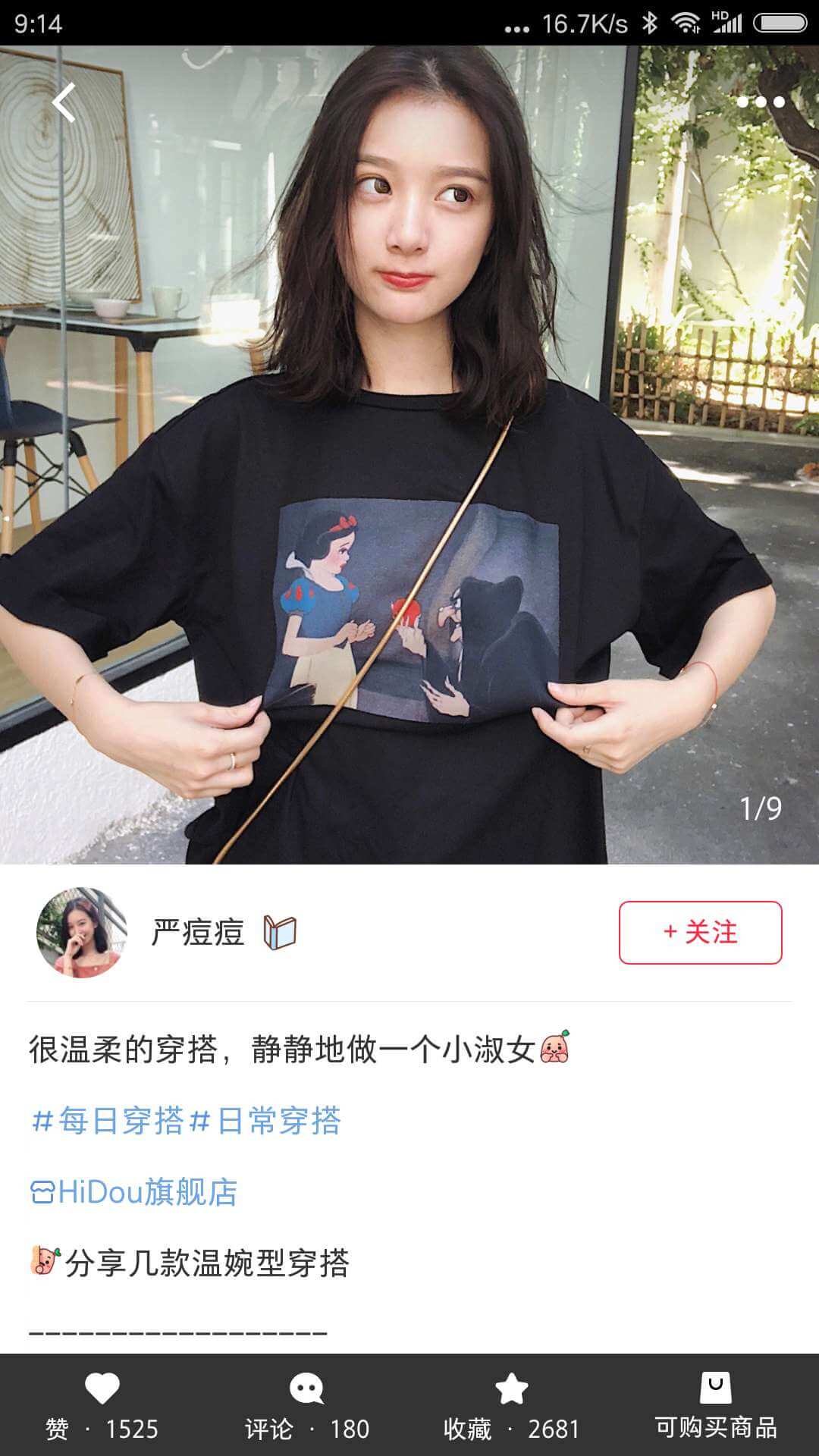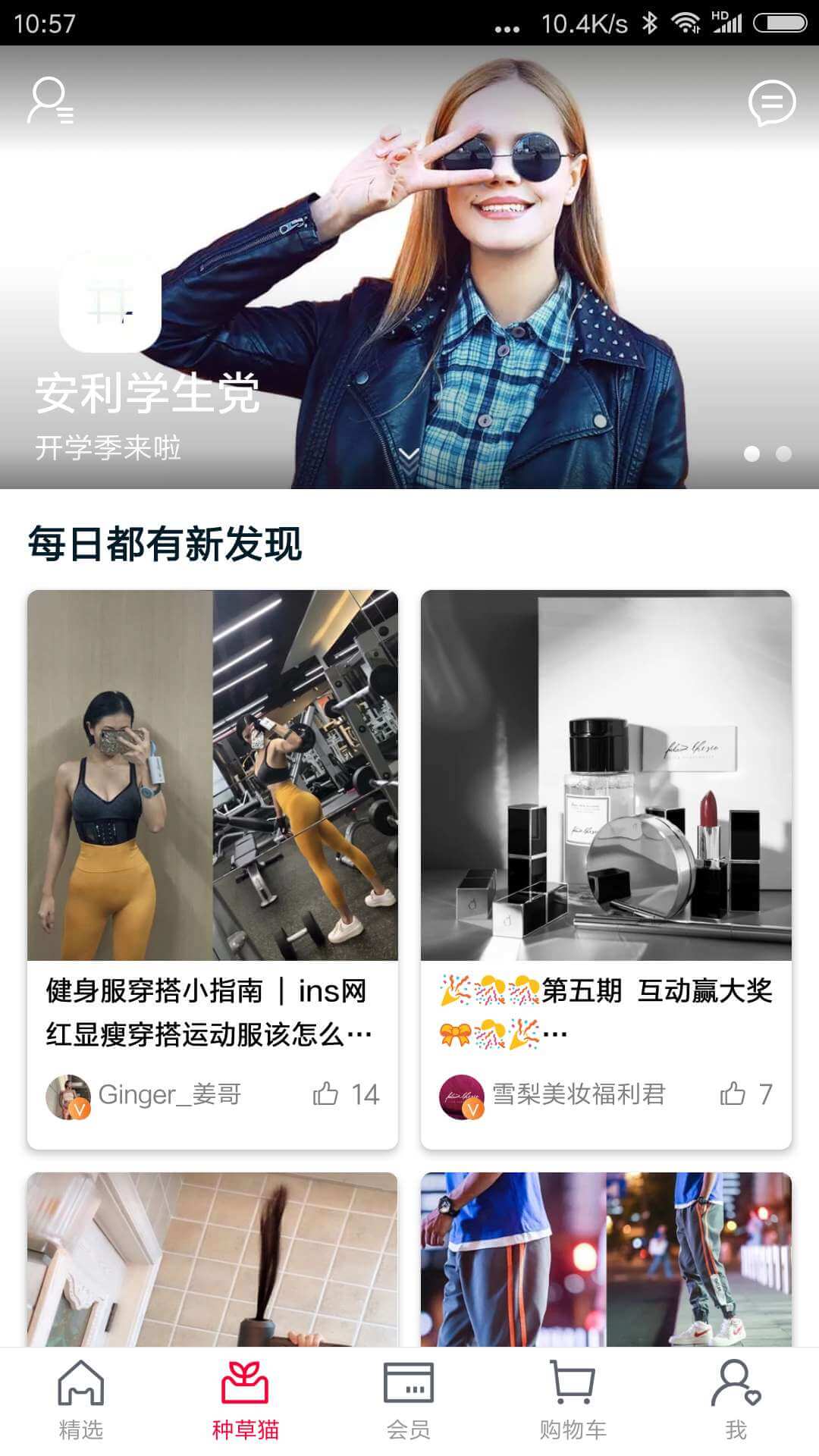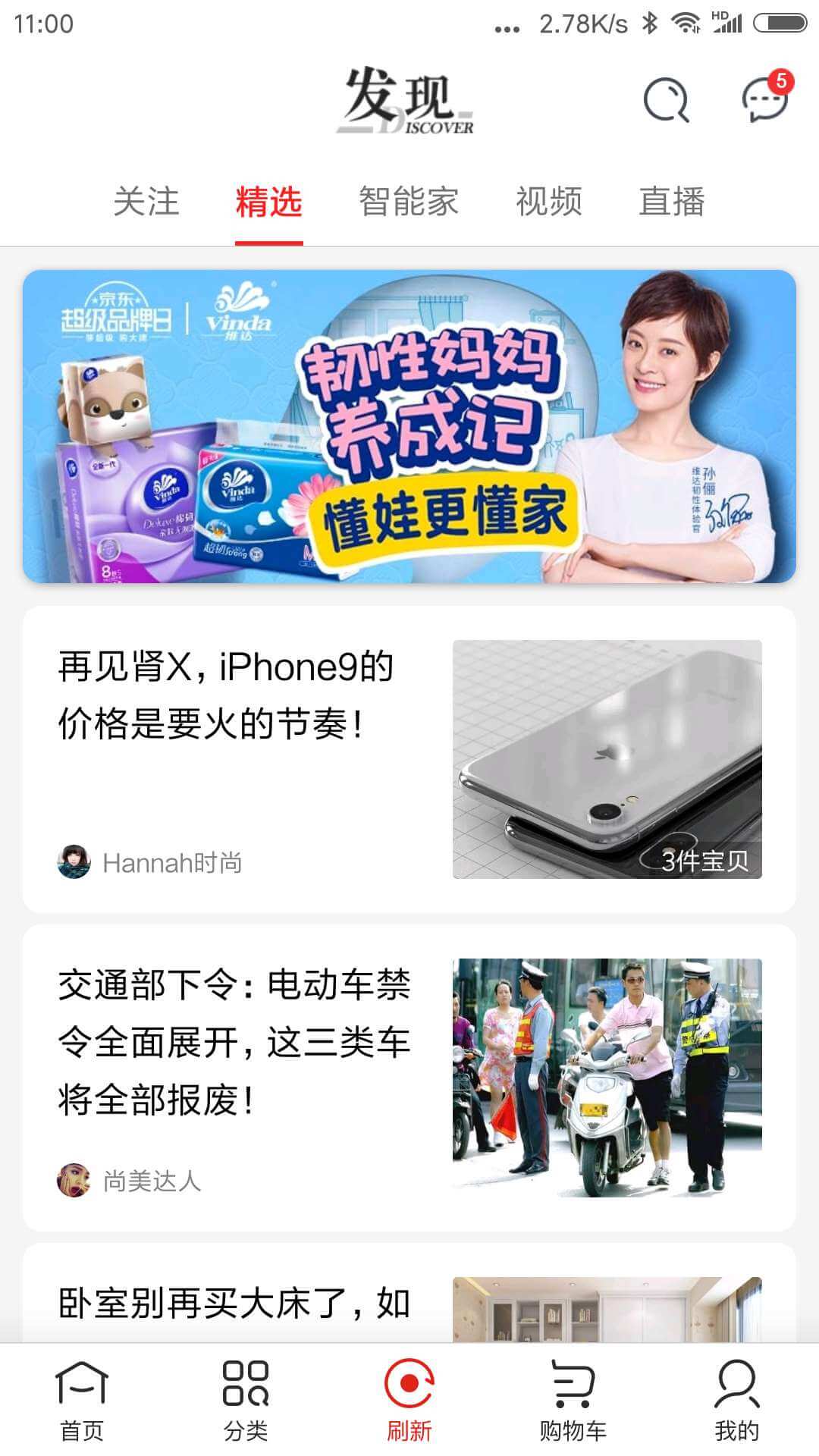What's Going On With Little Red Book?
Little Red Book has gone through a significant amount of changes over the last year or so. We review its accomplishments and setbacks, as well as how Alibaba's investment could change the company going forward.
by Azoya Consulting
On June 1st, social discovery and e-commerce platform Little Red Book (Xiaohongshu) announced that it raised $300 million in a Series D financing round led by Alibaba, a deal that would value the company at $3 billion. Little Red Book’s community of 100 million registered users is composed of young women living in Tier 1 and 2 cities, who browse content on the platform to learn about and discover products, brands, and experiences.
And yet, earlier in August, it was rumored that Little Red Book was cutting up to half of its e-commerce team, and retrenching the business to focus on curating high quality content. We discuss Little Red Book’s achievements, its challenges with scaling its e-commerce business, and how the latest funding round from Alibaba gives it the boost it needs to take its business to the next level.
Why Little Red Book’s Community is So Unique in China
On the Little Red Book app, there are three main functions: create content, browse community, and shopping. The Create button is most prominent, as the app is designed to encourage users to post about products, brands, and experiences. Posts are highly personal, written more like a diary post or a friend’s recommendation, complete with emojis, smiley faces, and hashtags. Other users can comment on and share posts on WeChat, fueling the interactive nature of the platform. The shopping feature is secondary to the content and community features, which is partly why the app has proven to be so popular.

A typical post on Little Red Book
Little Red Book has been highly successful in capturing the 18-35-year-old female millennial base. 86% of its users are female, and 81% are under the age of 35. Approximately 75% of users are in Tier 1 & 2 cities, and around 90% are middle class or upper class consumers. In short, this is a powerful subset of customers that have high consumption power, and given their youth, tend to be more interested in high-end beauty and fashion, Little Red Book’s top categories.
Little Red Book’s success can largely be attributed to two reasons:
1. Little Red Book was unique in that, because of its original focus on overseas travel, the platform had a cross-border element to it, giving it a premium feel.
2. Its trusted content made it stand out in the Chinese e-commerce industry, which is full of bots and fake reviews. Though others have tried, it has been very difficult for existing e-commerce platforms to replicate Little Red Book’s community.
In its early days, Little Red Book was designed for Chinese users to share their overseas travel experiences through colorful, Pinterest-like picture posts, similar to that of a photo diary and complete with tags that designated exotic locales and destinations. Since Chinese travelers place shopping on the top of their priority list when traveling, it was only natural that the content focus began to shift towards shopping. In 2014, Little Red Book adopted e-commerce functionalities, selling premium, imported goods through cross-border e-commerce.
The appeal of Little Red Book was that users could turn to a trusted community of tightly knit, like-minded users for authentic reviews and advice. The posts take on the tone of a friend’s recommendation, and most of them don’t have buy buttons, so there’s no pressure to purchase. Such social content is attractive because it resembles an offline shopping experience where customers can browse and discover new products that they normally wouldn’t have been looking for in the first place.
This is in contrast to large marketplace platforms, where users open the app because they already have in mind what they want to buy. On a marketplace platform, they input a product, brand, or category in the embedded search engine, and are likely to choose the search results with the most sales or highest ratings.
But for users who don’t necessarily know what they want to buy, or are looking for a second opinion, marketplaces may be flawed in that China e-commerce is full of fake reviews, and content is generally designed to prompt impulse purchases.
For some users, they see such content as too commercial and untrustworthy. Though Tmall, JD.com, and Netease Kaola have all set up so-called “community” sections that contain user posts about products and brands, it remains to be seen if any of them have really taken off.



Community Sections for Tmall, JD, and Kaola
Little Red Book has proven to be so successful that in July, restaurant-review and group-buying services platform Dianping was accused of copying content from over one million Little Red Book posts without users’ permission. This demonstrates just how valuable high-quality, user-generated content can really be.
Little Red Book Ventures into E-commerce
Little Red Book launched its own e-commerce platform in 2014, called Brand Zone (福利社). However, over time it became apparent that the company would need increasing amounts of capital and resources to provide a strong customer experience.
Little Red Book chose early on to handle its e-commerce logistics and fulfillment operations in-house, in order to ensure that its premium users were getting a premium customer experience. It set up 29 warehouses overseas, and bonded warehouses in Zhengzhou, Shenzhen, and Ningbo that cover over 150,000 sqm.
Handling fulfillment in-house, however, is costly, and Little Red Book’s e-commerce business amounted to just 700mn RMB in GMV in the first half of 2018, far behind the likes of Netease Kaola, JD Worldwide, and Tmall Global. While its numbers are still impressive for a niche platform, a take rate of 15-20% on e-commerce transactions indicates that its revenues aren’t nearly enough to cover its costs, let alone justify its valuation of US$3 billion.
And yet many users have complained of poor experiences with e-commerce on the platform. During 2016’s Singles Day and Black Friday, its complaint rate averaged 26%; for 2017, this rate grew to 46%, indicating that its supply chain capabilities were not up to par.
Additionally, Little Red Book’s offering of 150,000 SKUs pales in comparison to its >1 billion posts. These reasons are partly why users would browse on Little Red Book, but purchase on another platform.
In recent months, Little Red Book users have complained of the platform becoming too commercialized, noting that marketing elements had caused content to lose creativity and become more unoriginal, presenting a serious problem for the young company. With its e-commerce capabilities not up to par and its core users becoming increasingly disillusioned with the platform’s content, management needed to realign their strategy going forward.
Why Alibaba and Little Red Book Make the Perfect Couple
Alibaba’s investment in Little Red Book relieves a lot of the pressure on Little Red Book, as Alibaba can provide significant logistics support and supplement its existing e-commerce offerings. This will be important if the niche platform decides to continue its expansion into other categories such as mom & baby and furniture. Tmall Global products may very well link to Little Red Book content posts in the future, and the company may even be given a prime spot on Tmall’s front page.
For Little Red Book, its management will be able to focus on its content and community. In fact, after announcing the completion of the company’s financing round in June, co-founder Miranda Qu noted that the company would invest in technology that could better analyze user habits and data, so that its platform could better match content with users and filter out unworthy content.
For Alibaba, it can learn more about how social content can enhance its e-commerce business, and Little Red Book gives it data and insights as to what attracts higher-end female customers. Tmall is already starting to adopt some of Little Red Book's characteristics, and its new community posts eerily resemble those of Little Red Book's user posts, complete with product tags, emojis, and smiley faces.

Tmall's new community section contains posts that are very similar to that of Little Red Book's
What Does This All Mean for Brands in China?
It should be no surprise that the environment for brands on Little Red Book is likely to change going forward. Here’s what we think brands should do:
1. Brands will have to tailor their content marketing more closely to the needs and habits of their customers. Little Red Book will invest more in technology to make sure that content is matched up with the right users, and clean out what it deems to be low-quality content. Brands often struggle with Little Red Book because of the personal nature of the content on the platform, and don’t know how to react. Having a third-party agency on the ground who is good at content and community management can help build a closer connection with customers.
2. Brands should pay more attention to the way consumers are responding to their products on major social media platforms. Having a technical solution that enables one to monitor activity on Little Red Book and multiple other platforms can help analyze what is and what isn't working. Seeing how Little Red Book drives traffic to a standalone e-commerce website is just one example.
3. Brands should examine their broader Little Red Book strategy more closely. Some claim that the platform is more of a social media site, while others designate it as an e-commerce platform, but what it really is, is a community. Brands have to play by its rules, which will become more and more strict as its user base scales. It is a great platform for a brand to present itself, but keep in mind that most sales on the platform are driven by campaigns when you are an unknown brand. Make sure you plan your campaigns carefully and manage ROI expectations by monitoring the performance of the KOLs and the content they generate, or else marketing on Little Red Book can quickly become very expensive.